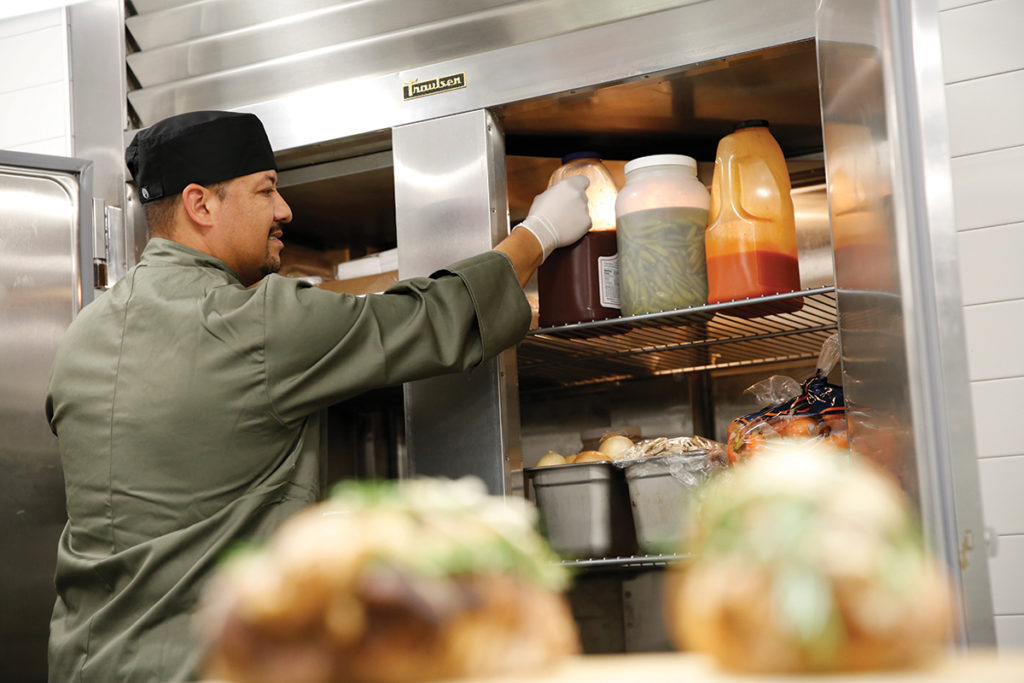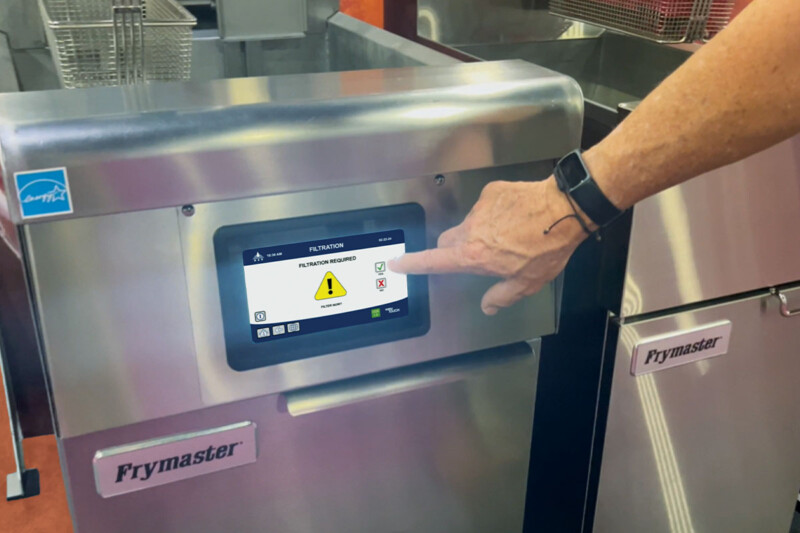
Remember the 1970s ad slogan, “You can pay me now or pay me later?” FRAM, the automotive filter company, introduced an entire campaign extolling the benefits of preventative maintenance to fend off bigger problems from avoiding regular servicing.
The virtue of preventative maintenance in a foodservice organization is equally important. Unfortunately, there is often a difference between how makers design equipment to operate and how the operator actually uses it in the field.
Many cold side issues center around easily correctible problems, including ice buildup, product temperature and noisy units. Many solutions come down to instituting proper cleaning procedures and a preventative maintenance program to address simple tasks like correcting restricted airflow from improper installation, product loading and usage. Manufacturers have designed better tools, such as YouTube videos, to assist you in performing various maintenance tasks in-house.
DIY Or Hired Tech?
While do-it-yourself works well for many tasks, some operators opt to go with planned maintenance programs offered by the manufacturer or servicing organizations. These options can vary widely from doing routine duties to handling more specialized tasks, like pressure cleaning, degreasing, etc. Some organizations feel that having an outside servicer can lead to early identification of issues rather than emergency calls later. It also can free foodservice staff to stay focused on the guests’ experience in the front-of-house.
Weigh the pros and cons of each option. You might even develop a hybrid solution to fit your maintenance needs. Follow the manufacturer’s recommendations when developing steps for a daily, weekly, and monthly preventative maintenance program. Take into consideration that these tasks may need to happen more frequently depending on the type and environmental conditions in the installation area.
Good Air Flow
In the case of reach-in refrigeration, good air flow is key to a long life. Reductions to air flow in and around the unit increases heat which in turn requires the unit to work harder. A unit that has to work harder not only consumes more electrical power but also can have a shorter lifespan.
Proper installation per the manufacturer’s recommendations will help keep the air circulation in and around the unit in check. This includes avoiding installation near equipment that radiates heat to other units close by or produces a lot of airborne oil and grease, such as fryers. Installing reach-ins near this equipment can increase the accumulation of dust and grime, which can build up throughout the unit including on the condenser coils. Use a stiff nylon or wire brush and/or shop vac to clean the coils and fan blades at least monthly.
Other airflow problems can be the direct result of air leaks from gaskets/seals, hinges and latches. Preventative maintenance should include checking these areas for air leaks as well as buildup of dirt, dust and grease. Replace worn or torn gaskets.
While performing daily cleaning of the reach-in, pay attention to the drain area in the unit. Preventing blockage in the drain lines is not only an issue of cleanliness but can prevent further maintenance issues from improper drainage.
Other daily cleaning requirements typically include cleaning the interior and exterior of the reach-in using soap and warm water. Avoid abrasive cleaners as they will scratch the stainless and plastic. Clean door gaskets so they seal properly; don’t use sharp tools or knives to scrap them as this may tear the gasket. Instead use a bristle brush and soap-and-water solution.
Avoid Ice Buildup
Ice buildup in a reach-in can signal several issues. If the unit is not properly maintaining temperatures, check the settings to confirm that they are inline with the factory’s recommended settings. Often, changing settings can adversely affect the unit’s operation. Set too low, the unit will work harder, which causes ice to build up. Set too high, food safety/spoilage can become an issue. Standard operating temperature for a reach-in refrigerator is 34°F-38°F and for a reach-in freezer, -5°F-0°F.
Adverse ice buildup also can occur if employees don’t fully close the doors or intentionally leave them open during peak periods. Overcrowding or storing product past recommended fill levels and removing factory shelving and/ or dunnage racks can cause issues with internal airflow and lead to poor performance. Following daily cleaning, be sure to put back shelves and racks per factory recommendations.
Preventative maintenance done regularly whether by in-house staff or an outside servicer is the “pay me now” to the “pay me later” problems that shorten the life cycle of critical pieces of equipment. Properly installed and maintained equipment usually give warning signs in advance of serious issues. Units that run loudly or can’t maintain safe storage temperatures, or compressors that cycle too frequently, can signal a pending issue that needs to be addressed right away before equipment failure.
RELATED CONTENT
- Advertisement -
- Advertisement -
- Advertisement -
TRENDING NOW
- Advertisement -
- Advertisement -
- Advertisement -


